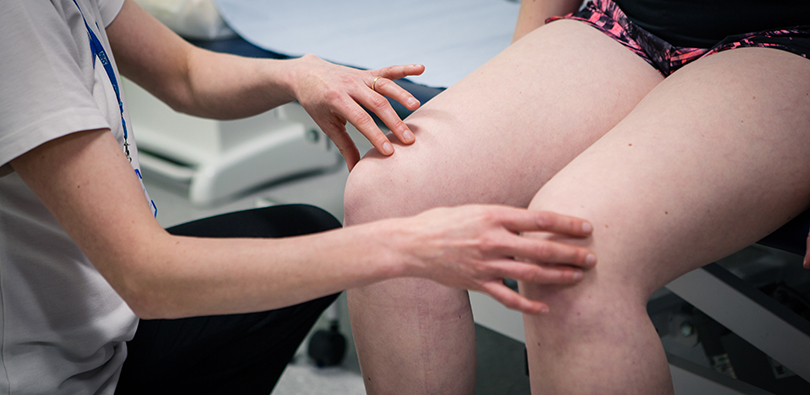
A difference in the distribution of muscle mass could well be the reason behind the greater risk of knee injuries in females according to the latest piece of research from Loughborough University’s School of Sport, Exercise and Health Sciences.
Research, led by Professor Jonathan Folland, found clear differences between men and women in the pattern of muscle mass distribution in the leg. Whilst it is well known that women on average have smaller muscles than men, it has always been assumed that the distribution of muscle mass was similar.
This study, published in the journal PlosOne, tested that assumption in 66 moderately active young men and women who all had an MRI scan to measure the size of ten leg muscles. Unsurprisingly all 10 individual muscles were smaller in females, but the key study finding was that eight of the ten muscles measured presented a sex difference in proportional size. These differences seemed to explain why men and women suffer from different injuries.
Women had a disproportionately smaller hamstrings muscle group that may explain their greater incidence of knee injuries, such as anterior cruciate ligament rupture, as the hamstrings are important in stabilising the knee joint. In contrast men had a disproportionately smaller biceps femoris long head muscle, the part of the hamstrings muscle group that is most often strained for example during sprinting or football, and may explain why men are more likely to suffer this injury.
Commenting on the findings Professor Jonathan Folland said: “These findings show some innate differences in the muscle anatomy of men and women that may have a range of consequences for physical performance and injury risk. It’s remarkable that these differences may contribute to the different injury rates of men and women in two of the most notorious sports injuries of knee ligament rupture and hamstrings strain.”